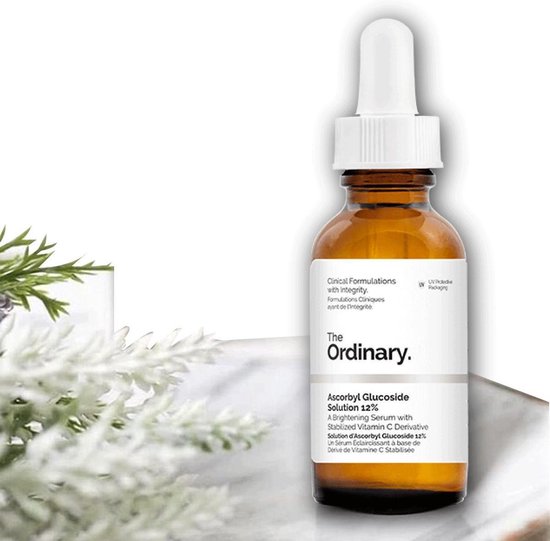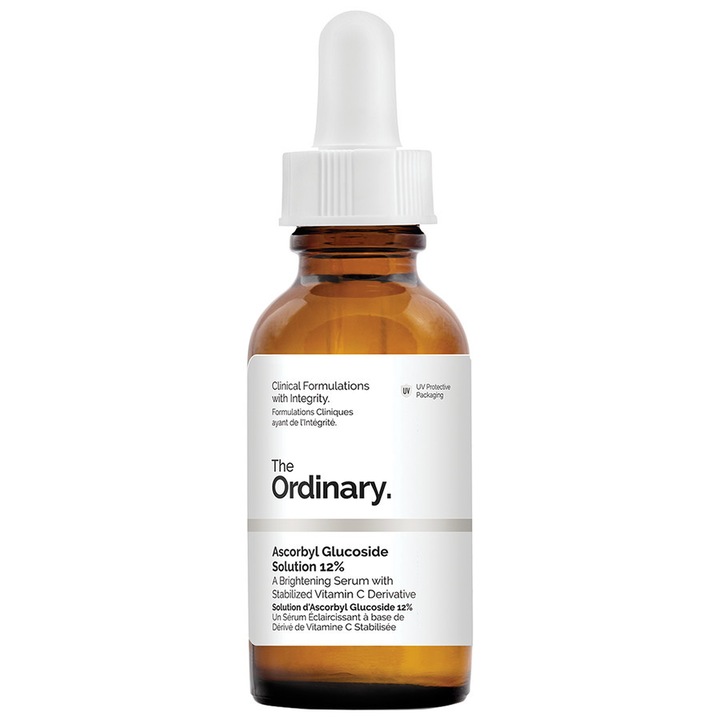Best mac for photoshop 2015. What could be sweeter than surfactants made out of sugar?
Thermo Scientific Octyl-beta-Glucoside is a nonionic detergent that has been widely used for membrane protein solubilization. A compound of glucose with an alcohol or other R-OH compound involving loss of the H atom of the 1-OH (hemiacetal) group of the glucose, yielding a -C-O-R link from the C-1 of the glucose; a glycoside of glucose. Medical Dictionary for the Health Professions and Nursing © Farlex 2012.

Alkyl Polyglucosides are a key part of any cosmetic chemists ingredient arsenal and it’s for good reason. These little babies have many pleasing attributes including but not limited to:
- Their ability to act as solubilisers or emulsifiers in products.
- Their mildness as surfactants (although this does vary from product to product)
- Their wetting ability
- Their natural-ness (renewable resources rather than petrochemical based)
- The fact that they are allowed in organic formulations
- Their high foaming properties
- Their biodegradability
- Their cost efficiency
Glucoside 425
They also have pleasant, not-too-chemical sounding names:
- Decyl Glucoside
- Caprylyl/Capryl Glucoside
- Lauryl Glucoside
- Coco Glucoside
Not that names bothers me too much but I reluctantly accept that fact that clean labelling is a ‘thing’…… Grade 5mr. regans educational website.
So what is there to gossip about?

Well, while there is nothing too scandalous about these sweet little things there are a few minor details that you should be aware of before merrily skipping off, hand in hand with one of the above thinking that life will be as easy as pie. Here are some of those things.
- Check their palm status. There are two types of feedstock that go into a sugar surfactant – sugar (usually from starch which comes from corn) and fatty alcohol which comes from a fat which could be animal, vegetable or petrochemical. In reality, at this moment in time the fatty alcohol is pretty much always from palm. If you are a palm free or palm conscious brand you need to be aware of this. Luckily the big soapers that make glucosides are all involved in the Round Table for Sustainable Palm but that doesn’t necessarily mean that the manufacturers values will align with yours.
- Every maufacturer produces a glucoside that’s chemistry is slightly different! There are a few companies making these sugar based surfactants now and each one produces a slightly different version of each of the above. It is important to understand that the glucoside family of surfactants are polymeric and as such the name gives you a relative rather than an absolute structure. Basically that means that you can buy Decyl Glucoside from three factories and receive three surfactants that perform differently in your formulation from each other.Often this isn’t a big issue but if you are using the glucoside as a solubiliser the degree of polymerisation (or the glucoside part) can have a huge impact on the solubilising power of the sugar surfactant. An example of this would be in a spritzer. You might have a spritzer that is being solubilised by Decyl glucoside, you change supplier for your Decyl Glucoside and find that you are now having to use twice as much solubiliser as before OR in a worst case scenario it doesn’t work at all. This sort of thing is usually less of an issue in a shampoo or body wash although it could account for some cloudiness or viscosity changes between suppliers.
- While the INCI names are different this range of surfactants all work in the same way and cross over to some degree. In many personal care (and some cleaning applications) we are not looking for the ‘precise and accurate’ functionality from our surfactants that we might need when making products for food, pharmaceutical or animal health. Because us personal care types are more generalists in that way there is often very little benefit to be had in blending two or three different non-ionics together in a formula. The range of glucosides listed above all work by emulsifying dirt from the surface of the hair, skin or benchtop. Also they are all based on alcohols ranging from C8-C16 with all except the Caprylyl/ Capryl Glucoside containing broad cuts of all of the above alcohols (caprylyl/ capryl glucoside is a C8-C10 and is the shortest chain length glucoside used regularly). So pick one for your cleansing formula then look at other technologies to give you some complimentary features.
- While the range may all work the same they do vary in ‘mildness’. Decyl and Coco glucoside are the two mildest glucosides available for cleansing formulations. The Lauryl Glucoside is slightly more irritating but not that bad but the caprylyl/ capryl glucoside is quite a bit harsher on the skin. That said all are relatively mild and can be safely formulated into a baby product or products for those with sensitive skin.
- The activity levels of the surfactants change from grade to grade and manufacturer to manufacturer. As with all surfactants it is really important to check on just how active the surfactant is before diving in and using it. Glucosides are usually pretty high up there in terms of solids content with concentrations anywhere between 50% active and 75% active common. This is in contrast to many anionic and amphoteric surfactants which, when sold as liquids are often sold as 25-30% solutions. A quick check of the MSDS will give you the data you need to work out an appropriate addition percentage.
- Glucosides can turn solid in winter! The Glucoside barometer is almost as reliable as the coconut oil barometer in my laboratory. Autumn and Winter see my Decyl Glucoside turned into a solid, gritty white mess while late spring and summer tend to turn it into a thin, free-flowing fluid. This fate is shared to one degree or another across the board with only the short chain Caprylyl/ Capryl Glucoside still pourable at temps under 15C – that said it can get mighty thick due to its high active level! Gentle heating and good mixing is all that is needed in winter to put them right – don’t forget to mix or else you will end up with a dose of surfactant that is more or less active than you planned for!
- These guys typically have a high pH. While it is not unusual for surfactants to have pH values in their ‘as supplied’ form up around the 9’s glucosides can often have pH values between 11-12. This is pretty high and will require adjusting for in many cosmetic formulations. Shampoos, body washes and facial cleansers can have their pH adjusted down with citric acid. If you are using or planning to use glucosides in your formula do have your pH meter handy (and learn how to use it).
- Glucosides are actually pretty horrible to use in the hair. OK so I see shampoo formulations with glucosides all of the time, not all of them bad but in general glucoside surfactants are not that great for the hair. This isn’t something I’ve made up or say just because I’m being picky the manufacturers of glucoside technology pointed this out way back when – google an article called ‘skin care forum’ from 1995 by Henkel! That said Henkel do mention that the glucosides do have value in products for fine hair as they do ‘ decrease wet combability and increase friction’. I think that’s a polite way of saying they knot the hair and leave it hard to brush but ‘extra volume’ is a more positive spin!
- Glucosides are not new technology. It is often thought that these little babies are new and exciting but the truth is they were first talked about back in 1893 and have been tweaked, invested in and developed ever since. I don’t think that is a bad thing, indeed it is quite the opposite as we now have much better data on their biodegradability, irritancy potential, features and benefits. I wouldn’t be at all surprised if glucoside technology continues to be a focus of investment and would be excited to see new glucosides that harvest their fatty acids from waste material and grow the glucose from recycled paper. We’ve got to leave the fields for food or forest in my humble opinion.
- And last of all Glucosides are great surfactants to put into an emulsion. Many of us have used the emulsifier – cetearyl alcohol and cetearyl glucoside, probably without realising that it too is a cousin of the bubbly glucosides we wash our bodies with. But beyond that we can use these non-ionic sugar surfactants to help turn our moisturisers into creamy cleansers! A little bit of coco glucoside or equivalent is far less likely to stress an emulsion than sodium lauryl sarcosinate, produces lovely creamy bubbles and is relatively mild to the skin and has a low eye irritation potential.
Well I do hope that you have enjoyed my meander into the secret life of glucosides. If you want a bit more info on their safety I suggest you check this out.
Glucoside Surfactant
Canon digital professional 4 manual mac. Happy mixing, reading, buying or trying.
Amanda x
